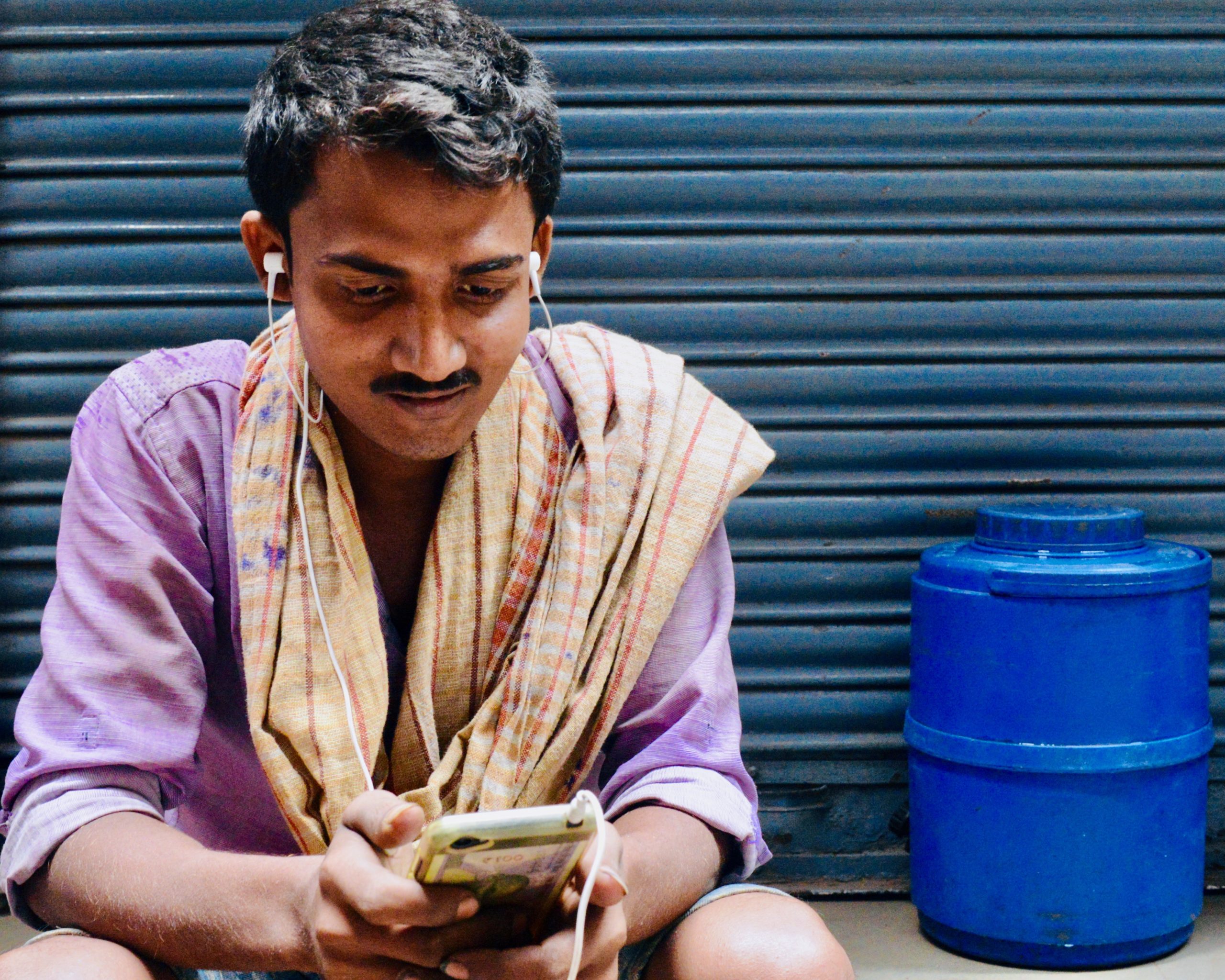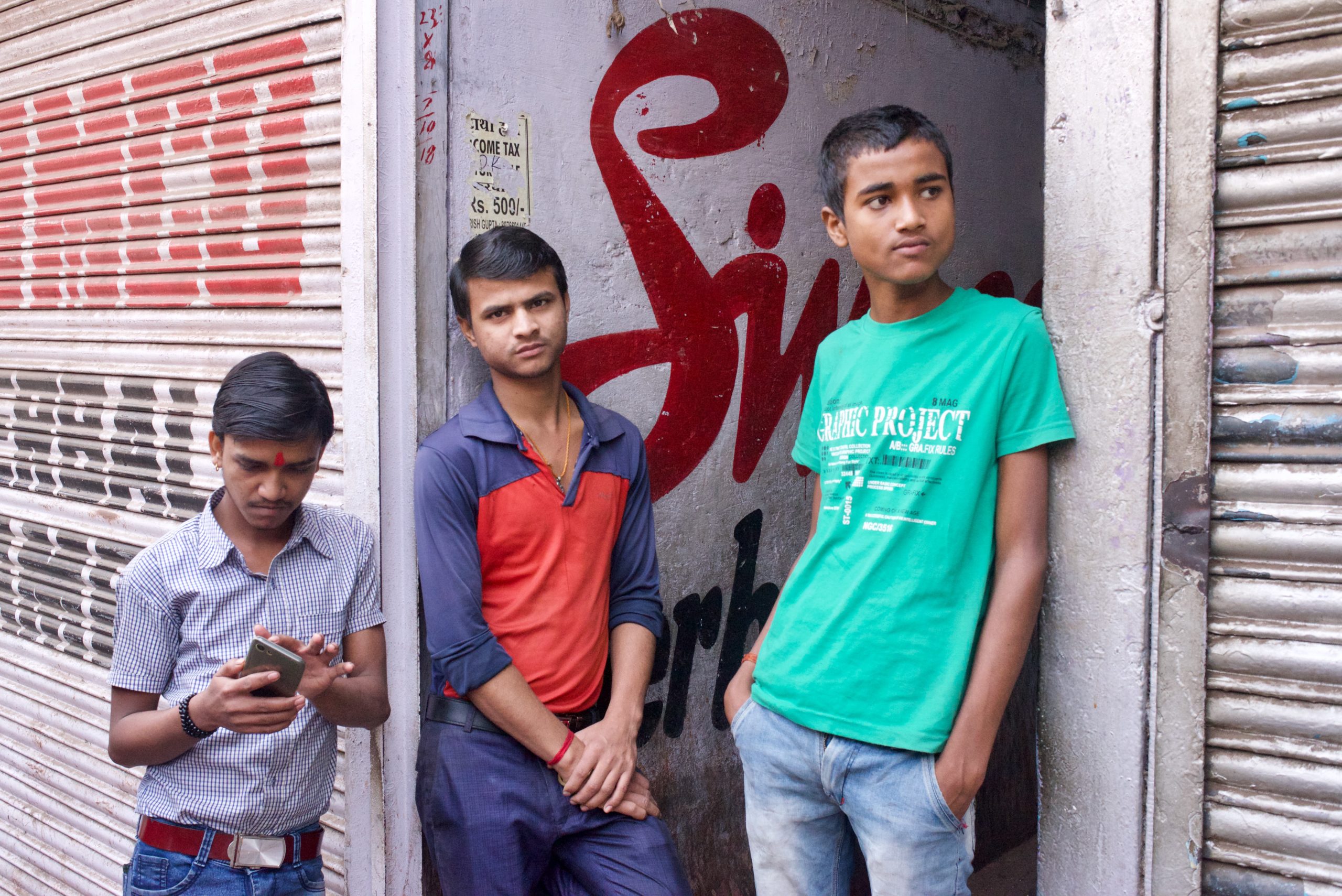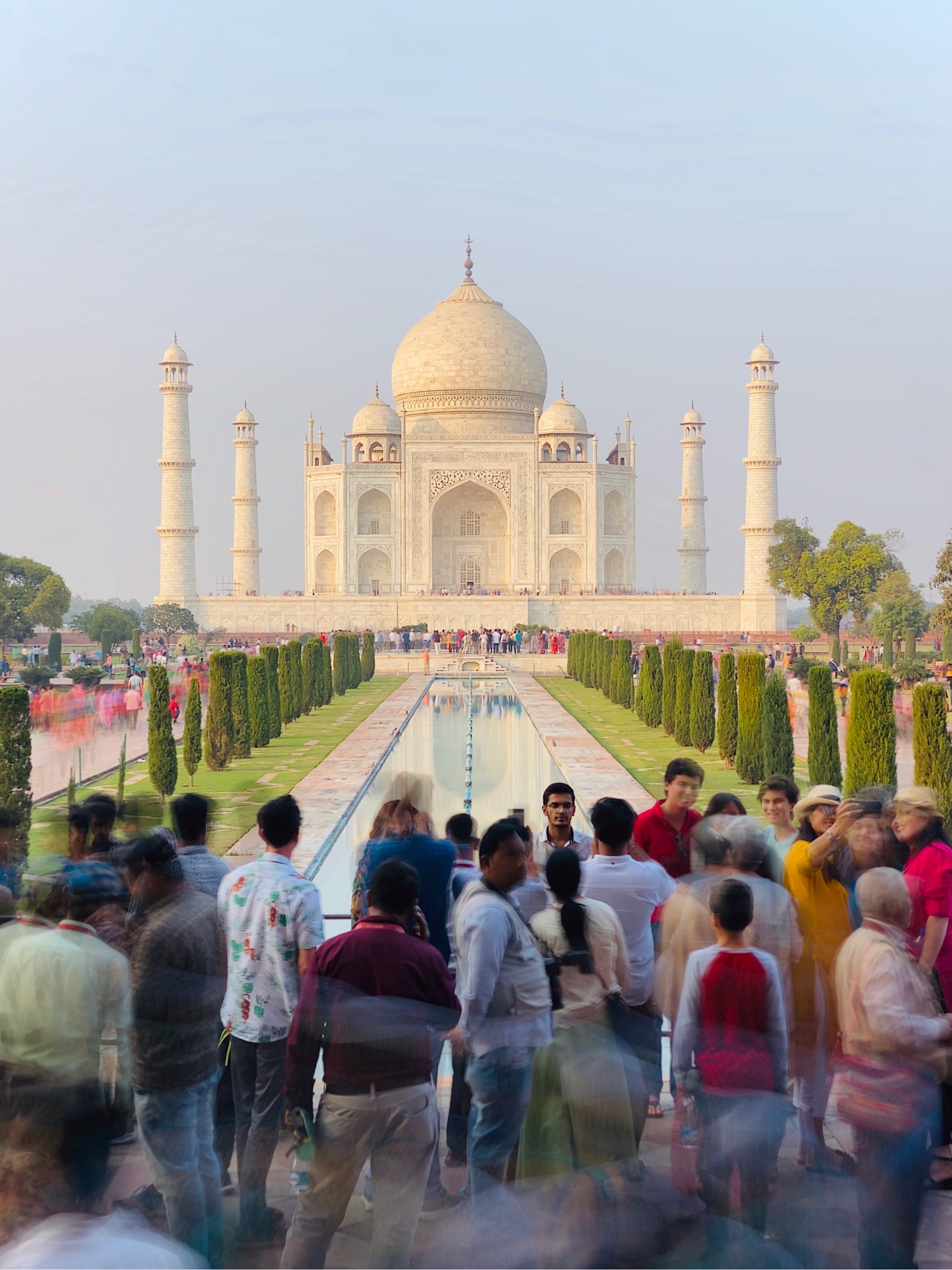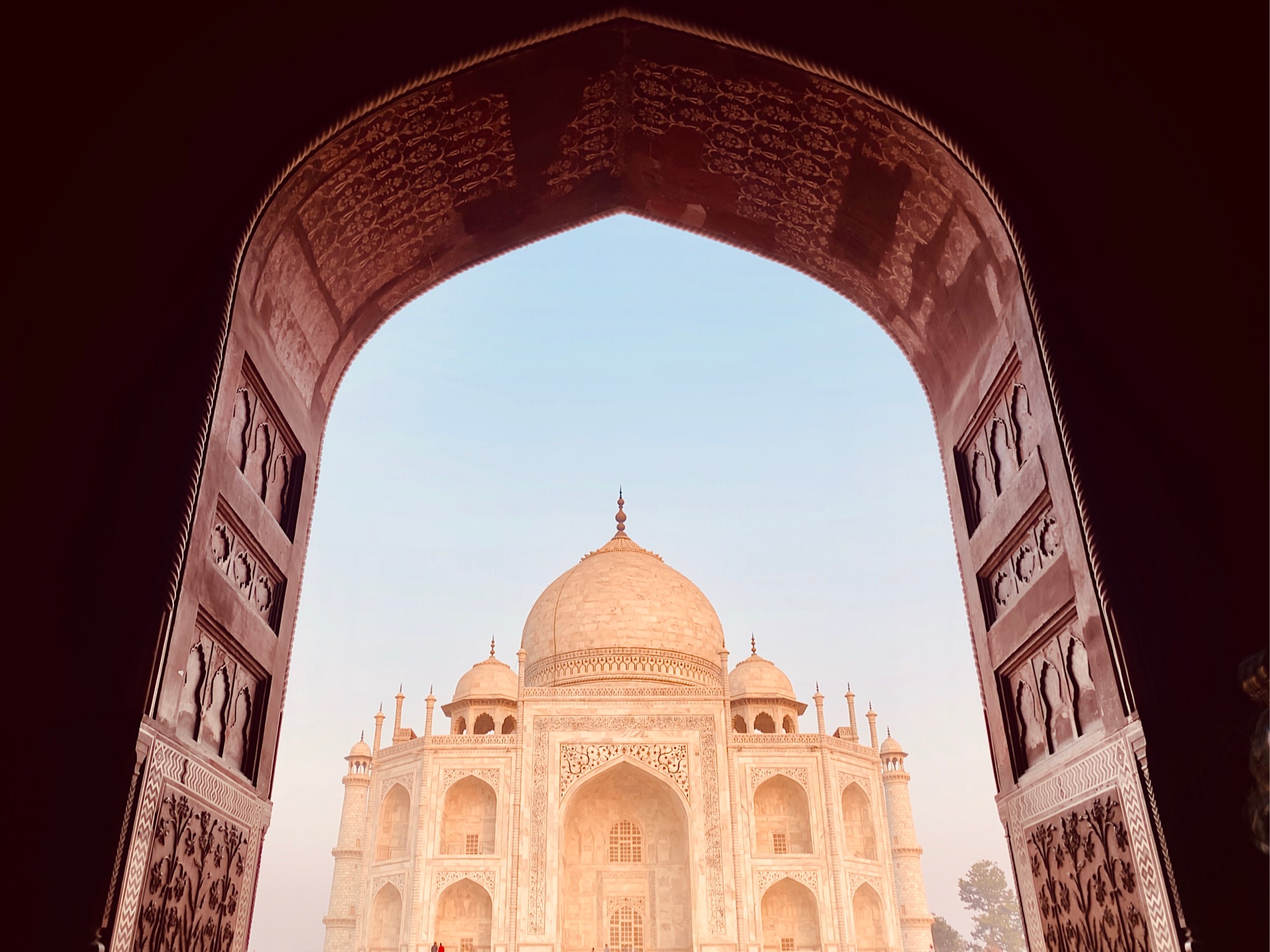The end of Twitter (for me)
Yesterday morning, I updated my Twitter profile from this:
Tech, history, gadgets, books, postcards, archeology, fried chicken. DC, MD, NYC, JLM, TLV, SFO, NYC, SEA, NYC! Sharav is my dog! https://megalomania.me
To this:
Twitter’s new owner has disallowed API access by third party apps, so I’m no longer here on a daily basis – but I may continue to tweet occasionally. So long!
I have been using Twitter (according to Twitter) since 14 September 2007, and I’ve probably tweeted around 20,000 times, give or take a few thousand. I only ever accumulated a bit over 600 followers, largely because I never did anything to get followers and never participated in the kind of public conversations that attract followers.
In the early years of Twitter, I did not use the service much, mainly keeping an account for personal branding, and the large majority of my early tweets were automated (checkins at locations via foursquare[1], &c.).
Over time I came to use it more and more, and by summer 2015, I was enthusiastic enough about Twitter, and committed enough to it, to write a whole bunch of thoughts about it when I was ready to tweet for the 10,000th time.
In that essay, I pointed out several of the contradictions inherent to Twitter (eg. that it is a product, a platform, a company and a community, and that it could not actually be all of those successfully), complained about some things that I felt were being done very poorly, urged Twitter to let people pay to use it, and forecast that Twitter’s need to pander to advertisers would lead to the end of what made Twitter great in the first place.
Already by 2015, I had been using Twitter almost exclusively via Tweetbot, a third party app that accessed the Twitter API.
The main appeal to me of Tweetbot and similar apps was the control that they gave me over what I saw, enabling me to use Twitter with a “completist” paradigm, in which I would follow any number of accounts, and simply see everything tweeted by those accounts, in chronological order, and nothing else. Completism is contrasted with “curationism,” in which someone else decides what I will see, and when and in which order I will see it[2]. I have zero interest in seeing a curated feed, which is one of the reasons that I am not a daily user of services like facebook, instagram or linkedin. Third party apps allowed a complete, chronological feed with no fuss.
They also contained no advertising[3], and Tweetbot’s version of muting allowed me to mute something only for a specific amount of time. For example, if a sports game was happening and one of my favorite accounts was tweeting excessively about that game, I could just mute the account for one day; when an election was happening, I was able to mute hundreds of accounts until just after election day.
I eventually switched from Tweetbot to a different app, called Twitterrific. The two are very similar, but while Twitterrific did not have Tweetbot’s cool feature that let me mute by time, it had a different feature that I loved, called muffling. Muffle rules in Twitterrific allowed me to define logic that would collapse tweets and gray them out, so they would still appear in my timeline, but would be more subtle, and I would have to click to expand them. Twitterrific’s muffle rules could be based on accounts, hashtags, text strings, regular expressions, combinations thereof, &c. and I made extremely aggressive use of muffles to transform my experience of using Twitter into one where I did not have to hear about Xmas, basketball, Trump, or any of a thousand other topics that bored me; where I could remain subscribed to my friends’ accounts, but not actually have to read my friends’ boring tweets; where I would never have to see retweets by someone that I needed to follow for work; and where I would not see any tweet with more than two hashtags.
On the subject of the former president: things really went downhill for Twitter during the Trump era. One of the reasons that I was so keen to muffle so aggressively was that every conversation that had anything to do with him was so polarizing. That polarization spread into almost every other area of life, necessitating my constant vigilance to maintain a pleasant experience on Twitter.
While that aspect of Twitter was crap, on the other hand, I continue to feel grateful to Twitter for helping me stay abreast of critical news that actually matters. Among other things, I give Twitter the credit for helping me to understand, long before almost anyone else, what was unfolding in early 2020, and specifically that:
- The disease ravaging Wuhan, Hubei, PRC was both serious and out of control
- It would become a pandemic, eventually escaping China and reaching New York, and the rest of the world
- We would all be subject to PRC-style lockdowns, probably lasting four to six weeks, punctuated by breaks of eight to twelve weeks, possibly lasting for several years[4]
- It was imperative to prepare immediately by making a plan and stockpiling necessary goods
In the few years since Twitter brought the pandemic to my attention, the company had an extremely difficult time getting its act together, and its acquisition should not have been a surprise to anyone, though I definitely would not have predicted in late 2021 that Elon Musk would own it by early 2023.
I did not particularly have a problem with Musk’s ownership of Twitter, however, or several of the early changes that he made. Unlike Musk, I am not a free speech absolutist (though I believe that free speech is generally good and, ceteris paribus, should be encouraged), but I absolutely agree that Twitter’s previous leadership was far too keen to suppress and ban accounts that they did not like.
Many complain of the prevalence and/or resurgence of “Nazis” and other epithet-Americans on Twitter, but I struggle to think of a single time that I’ve seen any kind of “Nazi” content on Twitter without searching very hard to locate it. Nor did the quality of discussion on Twitter diminish noticeably with the departure of thousands of accounts whose owners threw temper tantrums over Musk’s arrival.
Certainly I expected Musk to make changes that I would not like, most likely to get me to pay $8/month for “Twitter blue,” a premium service that has negligible identifiable benefits.
Consequently, I was not at all surprised when, one morning last week, I woke up and checked Twitter, and found that I was logged out in Twitterrific.
It quickly became clear that all third party Twitter apps had stopped working very suddenly – though not, in fact, all of them. Tweetbot did not work at all, and Twitterrific did not work on iOS, but Twitterrific’s Mac app did still continue to work.
With no explanation or even comment at all from Twitter, speculation swirled that Twitter had cut off all third party apps with more than a certain threshold of users. This would explain why Tweetbot did not work at all, but why Twitterrific’s Mac app still did work – it used a different API key from its iOS app, and had a far smaller user base. I saw the end coming, but began using Twitterrific on Mac instead of iOS.
That lasted for a week.
In the mean time, Twitter did make an official statement (sort of):
Twitter is enforcing its long-standing API rules. That may result in some apps not working.
Naturally, many people immediately pounced to ask two critical questions: first, which long-standing API rules were being enforced; second, which apps would stop working?
These questions, unfortunately, were of the rhetorical variety. There was nothing in Twitter’s API rules that Tweetbot or Twitterrific were violating, and Twitter’s refusal to name the apps that they had obliterated was just cowardly and disgraceful.
Soon enough, Twitter did actually update its API rules to ban third party apps explicitly, and as of Friday 20 January 2023, there are no longer third party Twitter apps (here is Twitterrific’s statement and here is Tweetbot’s).
I guess that Musk presumably got rid of third party Twitter apps as a way to throw a bone to Twitter’s advertisers, since the anti-Musk crowd has had some success at pressuring advertisers to withdraw from their Twitter campaigns, and he would need some kind of bargaining chip to bring them back onboard. Advertisers find completism intolerable.
He could have limited access to third party apps (that rely on Twitter’s APIs) to “Twitter blue” members – and that is what I thought would eventually happen – and I would have begun paying the $8/month for membership. Evidently, however, there must have been some reason not to do it that way.
I’m not entirely sure what I’ll do to replace Twitter. Nothing really could replace its community, and there are many Twitter accounts that I follow that just are not available anywhere else.
I’m still using RSS in a very serious way every day, and reddit.
I did join mastodon a while ago, but I haven’t seriously begun using it yet, except to tweet record reviews. Mastodon is also not really a social network in the sense that Twitter was – the people using it now are using it to make a point about Twitter, not because it has network effects that make them feel like using it. Also, mastodon still requires joining someone else’s instance and giving that person total access and control over my account, or running my own instance, which I might do in the future, but do not feel like doing now.
I might start blogging more again, or reinvest in one or more private communities.
I’m sad that Twitter took this turn and that I won’t be a daily active user any longer. In the end though, I have to wonder whether Twitter really understood anything about me at all. As I was moving through my account settings, I learned that Twitter considers me to understand and/or tweet in the following languages:

And that’s just weird. I’ve tweeted in English of course, and also sporadically in Hebrew, Spanish and even Latin (and a few times in French), but never in Czech or Romanian. I wonder what it all means, or if it means anything, or if Twitter is just so clueless that I should just disregard everything I see. Oh well!
References
| ↑1 | Foursquare is another service that I loved and used daily, and decided it wanted to be something else and lost me as a member along the way. |
|---|---|
| ↑2 | Typically, of course, curation is done via algorithm, though until recently at Twitter it was common for employees to apply manual controls that suppressed individual tweets and accounts. |
| ↑3 | Seeing no crass commercial advertisements in my Twitter feed was great, but I would not have objected to seeing the ads. |
| ↑4 | I got this part wrong – there was never a lockdown in New York City or, to the best of my knowledge, anywhere in the United States – or any kind of in-and-out of lockdown experience here. |
Fall foliage at Green-Wood cemetery
Some of my favorite pictures from India, roughly in chronological order
Saturday 23 November:
This is one of the first pictures I took in India, in the area of the parliament building and government ministries in New Delhi. I was overwhelmed at how poor the air quality was, even though I’d been warned that Delhi has the worst air quality in the world.
Rickshaw driver near India Gate
Sunday 24 November:
Kids on a bus (stopped in traffic)
Monday 25 November:
The above three are all from a walking tour of Delhi’s Old City.
Tuesday 26 November:
Three of the Taj Mahal
Wednesday 27 November:
Fatehpur Sikri
Leaving Fatehpur Sikri
On the road from Fatehpur Sikri back to the highway
Rickshaw ride in Jaipur
Thursday 28 November:
Elephants on the march to Amer Fort
Friday 29 November:
This rickshaw driver remained insistent on driving us even after we’d already gotten into our hired car.
Police officer in Nahargarh Fort
One tree at the entrance to Jaigarh Fort
Monkeys in Jaigarh Fort
Jal Mahal (my second try – this time with neutral density filter)
See the rest here.
- « Previous Page
- 1
- 2
- 3
- 4
- 5
- …
- 59
- Next Page »



































